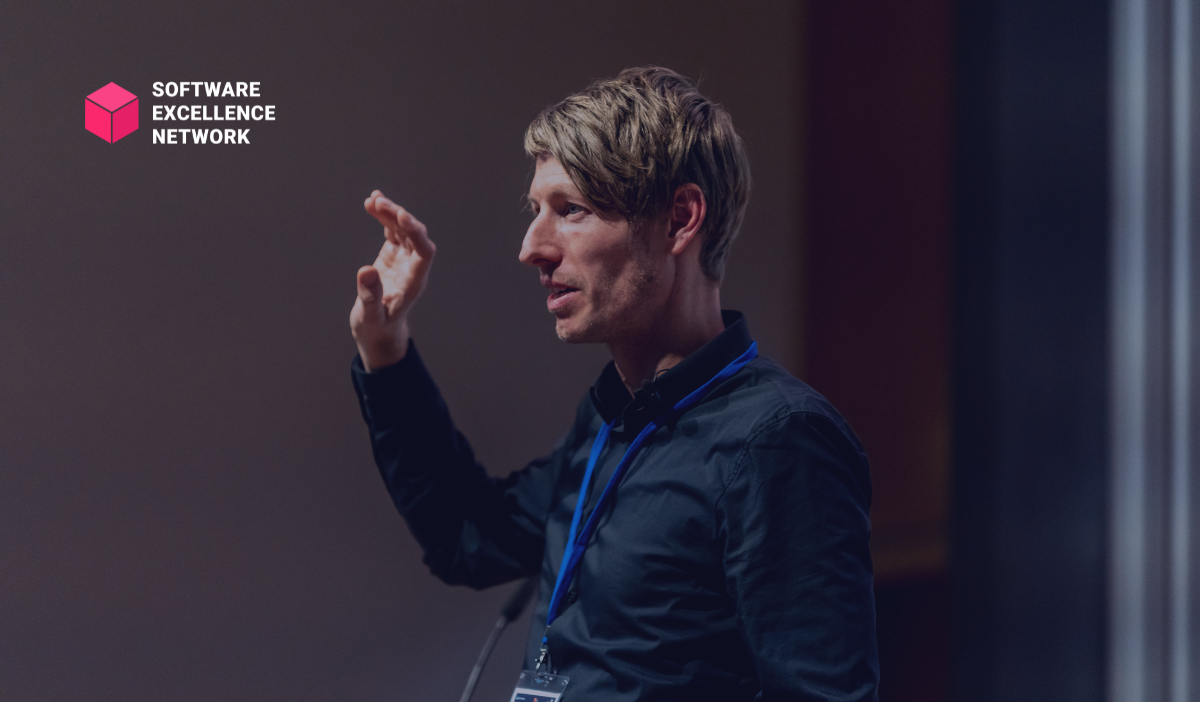
At the Learning Curves executive exchange for automotive IT leaders, Dr. Johannes Bohnet, CEO of Seerene, delivered an insightful masterclass titled "Using Analytics to Establish a Data-Driven Continuous Improvement Process." His presentation underscored the transformative power of analytics in overcoming the hurdles organizations face in their journey toward software excellence. While his examples were drawn from the automotive industry, the principles he shared resonate across sectors where software development is critical to success.

Dr. Bohnet began by highlighting a critical paradigm shift: software is no longer a mere support function; it has become a strategic asset and the foundation for modern businesses. From embedded software in vehicles to tailored banking applications, the ability to develop high-quality software efficiently is now a competitive differentiator. As organizations internalize this shift, many are grappling with fundamental questions:
These questions set the stage for exploring how data-driven insights can provide answers and, more importantly, actionable solutions.
A recurring theme in Dr. Bohnet’s talk was the need to measure and optimize the efficiency of software development processes. He described how organizations often fail to utilize developer time effectively, with significant losses stemming from technical debt, defect fixing, and other inefficiencies. For example, he noted that in many cases, only 20% of developer time contributes directly to value creation, with the remaining 80% lost to inefficiencies.
While this might sound discouraging, Dr. Bohnet reframed it as an opportunity: "These inefficiencies represent sleeping potential in your organization," he stated. By identifying the root causes of these losses through analytics, organizations can systematically unlock this potential and redirect it toward value-adding activities.
Central to Dr. Bohnet’s approach is leveraging existing data from software development infrastructures. Tools like version control systems, static code analyzers, and ticketing platforms generate vast amounts of data as by-products of day-to-day operations. However, the real value lies in fusing and transforming this data into management-relevant insights.
For instance, by analyzing data traces, organizations can reconstruct workflows, quantify inefficiencies, and pinpoint hotspots in their codebases where defects repeatedly occur. Visualizations, such as code architecture maps that overlay developer time, allow teams to focus their efforts where they are most needed. These insights not only help in prioritizing actions but also ensure that improvements align with strategic objectives.
Dr. Bohnet emphasized the importance of creating a closed-loop system for continuous improvement. This involves:
This iterative approach ensures that every improvement contributes meaningfully to the organization’s long-term goals.
As many organizations transition from traditional waterfall models to agile methodologies, they encounter new challenges. Dr. Bohnet identified two critical inefficiencies in agile environments:
Analytics can play a pivotal role in addressing these challenges by quantifying inefficiencies, highlighting areas for improvement, and guiding teams toward better alignment.
Turning to the automotive industry, Dr. Bohnet explored the complexities of software-defined vehicles (SDVs). Unlike traditional projects with clear endpoints, SDVs require continuous software updates and maintenance across multiple variants. This creates a potential "variant explosion," where maintaining divergent codebases becomes unsustainable.
Analytics can help organizations manage this complexity by measuring deviations between project-specific code and reusable components. By systematically reducing these deviations, companies can streamline updates, minimize costs, and accelerate innovation. This capability is not just a competitive advantage but a necessity for realizing the promise of SDVs.

Dr. Bohnet’s masterclass provided a roadmap for organizations looking to achieve software excellence:
Dr. Bohnet’s insights serve as a powerful reminder that excellence in software development is not achieved overnight. It requires a deliberate, data-driven approach that combines strategic vision with operational rigor. By embracing analytics, organizations can unlock untapped potential, enhance efficiency, and position themselves for success in an increasingly software-driven world.
The Software Excellence Network is a vibrant community dedicated to advancing the science of software development. Through thought leadership, peer learning, and expert insights, the network empowers organizations to achieve unparalleled efficiency, quality, and strategic alignment in their software development efforts. Join us to stay ahead in the ever-evolving world of software excellence.
A Note to Our Readers
This article offers an overview of the key ideas presented by Dr. Johannes Bohnet during his talk. While we’ve captured the main concepts and innovations he shared, the full scope of his insights and examples is best experienced by watching the entire session. To dive deeper and hear directly from the speaker, we invite you to view the complete presentation. For any questions or further information, feel free to reach out to us.
These Stories on Events/Webinars
August-Bebel-Str. 26-53
14482 Potsdam, Germany
hello@seerene.com
+49 (0) 331 706 234 0
Generative AI Seerene GmbH
August-Bebel-Str. 26-53
14482 Potsdam, Germany
hello@seerene.com
+49 331 7062340